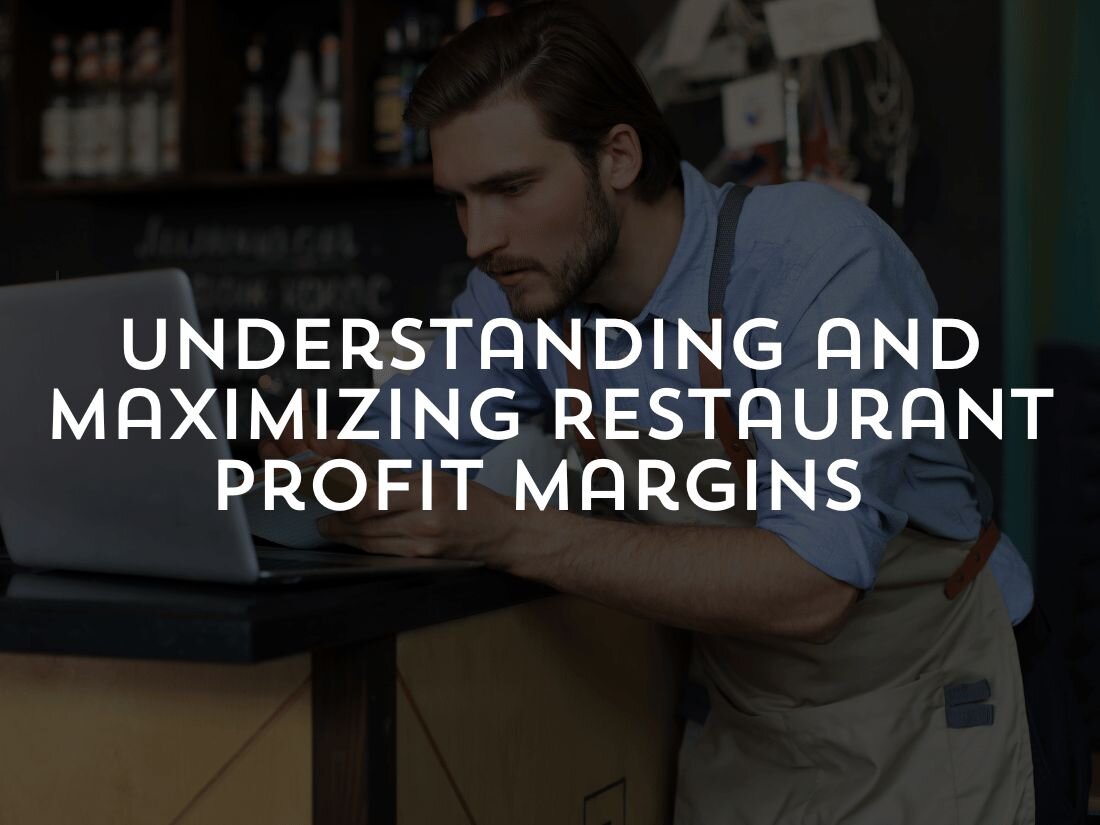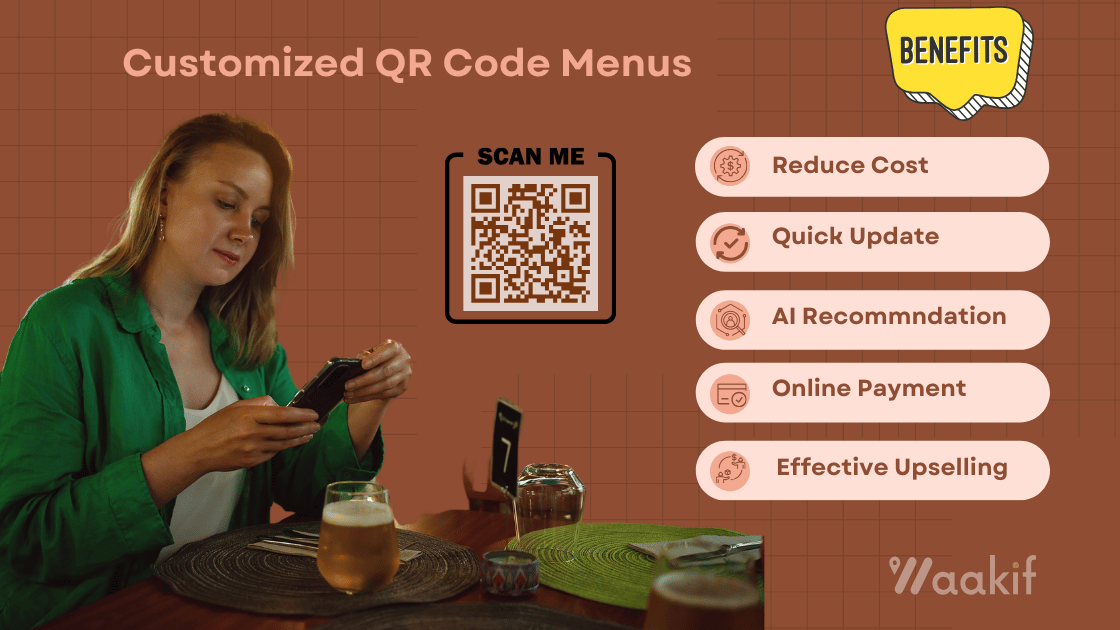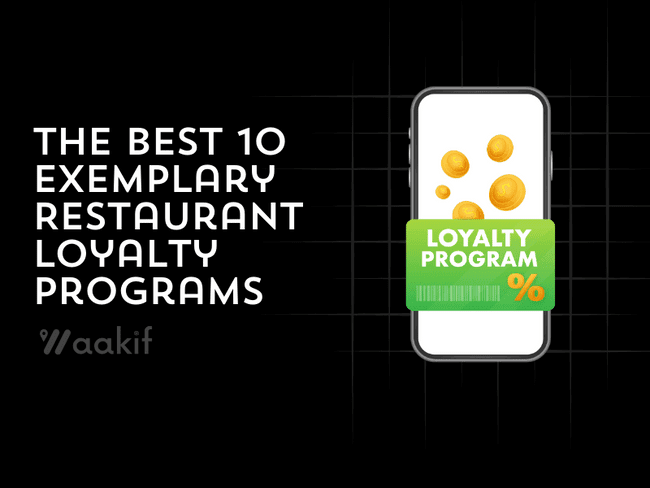In the fiercely competitive and thriving restaurant industry, maintaining profitability is like navigating a maze where every turn offers new challenges. Curating a strategy that maximizes restaurant profit margins and brings fortune to the business is indeed a difficult task. In a landscape of cutthroat competition and slim profit margins, the key to success lies in the company’s ability to not just survive but thrive based on actual profitability.
To meet this challenge, restaurant owners must understand and grasp the concepts of profit margin and thus design an optimal strategy for maintaining and optimizing it. Also read restaurant name ideas list to get perfect name idea for your restaurant.
What is a Restaurant Profit Margin?
Restaurant profit margin is a financial metric that measures the percentage of profit earned by deducting the cost of producing the goods sold. It indicates how efficiently, a restaurant is converting its sales into profit.
Types of Profit margin
- Gross Profit Margin: This margin measures the profit based on the cost of goods sold (COGS). It reflects how efficiently the restaurant can produce its menu items. It helps in evaluating the cost management of food and beverages, highlighting the direct profitability of menu items. The formula for calculating the Gross Profit Margin is:-
Gross Profit Margin = (Total Revenue-COGS)/Total Revenue*100
- Operating Profit Margin: This profit margin accounts for all the operating costs such as Wages, in addition to COGS. it reflects the overall operations; efficiency of the business. This text offers a deep dive into the restaurant’s operational prowess, showcasing its adeptness at controlling operating costs with precision and finesse. The formula for calculating the Operating Profit Margin is:-
Operating Profit Margin = Operating Income/Total Revenue*100
Operating Income = Total Revenue – COGS – Operating Expenses
- Net Profit Margin: This margin represents the profit after deducting all the expenses like interest, tax, and non-operating expenses. It gives a comprehensive view of the restaurant’s overall profitability and financial health after all costs are deducted.
NetProfit Margin = Net Income/Total Revenue*100
The restaurant needs to analyze and follow up on all the profit margins to design an effectively profitable business strategy.
Average Margins in the Restaurant Industry
Quick-service restaurants (QSRs): 6%-9%
The reason for this profit margin is high volume sales and lower costs of sales and labor, leading to a relatively stable profit margin.
Full-service restaurants: 3%-5%
The reason for low profitability is the fully operational cost of such restaurants.
Catering businesses: 5%-10%
The reason for such a huge gap is variable pricing based on the size and scope of events.
Now that you know the potential margins of the various restaurant industries, let us have a look at all the factors that influence the profit margins.
- Location
- Type of menu and cuisine pricing
- Operational costs (Labour, utilities, etc.)
- Food and beverage-making costs
- Supplier relationship and procurement
- Seasons and demand fluctuations
- Technology and Automation
- Competitive landscape
By carefully running and paying attention to these factors, you can enhance your profitability and bring stability to your functioning.
Strategies to Improve Restaurant Profit Margins
Now, that you have a brief idea about what and how profit margin works, let us analyze some of the strategies to improve restaurant profit margin.
Optimizing Menu Pricing and Offerings
Optimize your menu with budget-friendly yet competitive pricing. Highlight the profitable items and reduce the low-margin cuisines. Focus on developing seasonal offerings to reduce the cost of acquiring raw materials.
Cost Control and Efficiency
Control the cost by monitoring the waste and reducing the quantum of waste. Build relationships with suppliers and try to gain raw materials in bulk to get cost-effective stuff. Train the staff to perform multiple roles. This would help you to operate more efficiently with less staff and would also save costs of acquiring and training new staff.
Enhancing Customer Experience
Enhance the customer experience by designing an aesthetically appealing and photogenic ambiance. Offer unique thematic experiences.
Leveraging Technology
Make use of POS software to reduce manual workforce costs. It will also assist you in better and more effective analytics and operations.
Case Studies of Successful Restaurants
Here are some real-life examples and how they improved their restaurant profit margin.
Sweetgreen
Sweetgreen, a popular fast-casual restaurant chain known for its salads and healthy bowls, encountered challenges in managing food costs and sustaining profitability during rapid expansion.
Strategies adopted: Menu simplification, Use of seasonal ingredients, data-driven decisions
Result: Improved Profit Margin, Stable Profitability, and Enhanced Customer Satisfaction
Noma
Noma is famous for its unique dining experience. The restaurant thus faced the challenge of high operational costs and the need to develop new dining landscapes continuously.
Strategies adopted: Cost Control, Experiential Dining experience, and Sustainability practices
Result: Increased Profitability and Global Recognition
The Farmhouse Restaurant
The Farmhouse Restaurant is a family-owned business that faced the challenge of high food costs and competition from large chains.
Strategies adopted: Local sources, Community Focus, and Menu adaptation
Result: Cost savings and Increased business reach
These Real-life case studies show how strategies like menu optimization, cost control, local suppliers, and enhanced customer experience can boost profit margins and success in the restaurant industry.
Common Pitfalls to Avoid
Overcomplicating Menu
A simplified menu provides speed and efficiency and helps to improve consistency and focused marketing.
Many successful restaurants, such as In-N-Out Burger, have achieved success with a simple, focused menu
Ignoring Market Trends
Meeting customer expectations helps you to gain a competitive edge and also allows you to grab market opportunities.
Sweetgreen capitalizes on the healthy, sustainable eating trend by using seasonal and local ingredients, aligning with consumer preferences.”
Poor Financial Management
Regular financial tracking and management help you to achieve a competitive advantage and assist you in surviving in the highly competitive world.
Noma’s detailed financial management and operational efficiency ensure strong financial health and profitability despite the high costs associated with fine dining.
If you want your restaurant to be more profitable and successful in the long term, it’s important to proactively manage your finances. Begin by carefully analyzing your restaurant’s financial data. Regularly assess your profit margins – gross, operating, and net – to get a clear picture of your financial well-being. Grab the best pizza captions for Instagram for your Instagram marketing efforts.
In the dynamic realm of the restaurant industry, even minor modifications can exert a substantial influence on your financial performance. Frequently, it is the incremental adjustments and enhancements that cumulate and prompt noteworthy enhancements to your net income.
FAQs
What is profit margin and Why is it beneficial?
A profit margin is the percentage of revenue that exceeds the costs of running your restaurant, showing how effectively your restaurant turns revenue into profit.
How can I simplify my menu?
Identify bestsellers, reduce low-margin items, and use seasonal ingredients.
What are some effective tools to control food costs?
Monitor waste, control portion, and negotiate with suppliers.
What should I consider when setting menu prices?
COGS, Profit Margin, and Competitors’ pricing
How can I stay updated with food and dining trends?
Attend trade shows, network with others, pay attention to customer feedback








